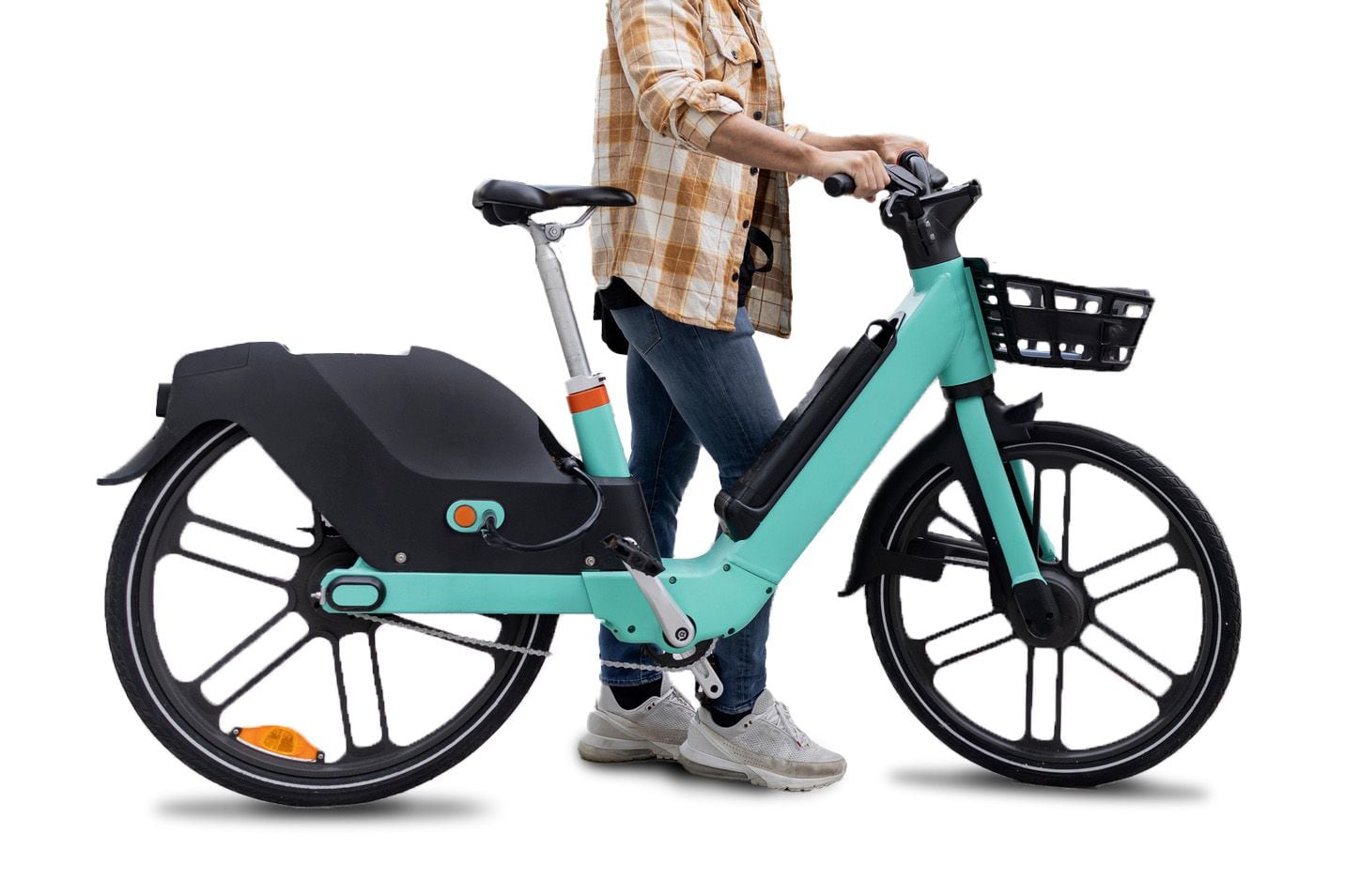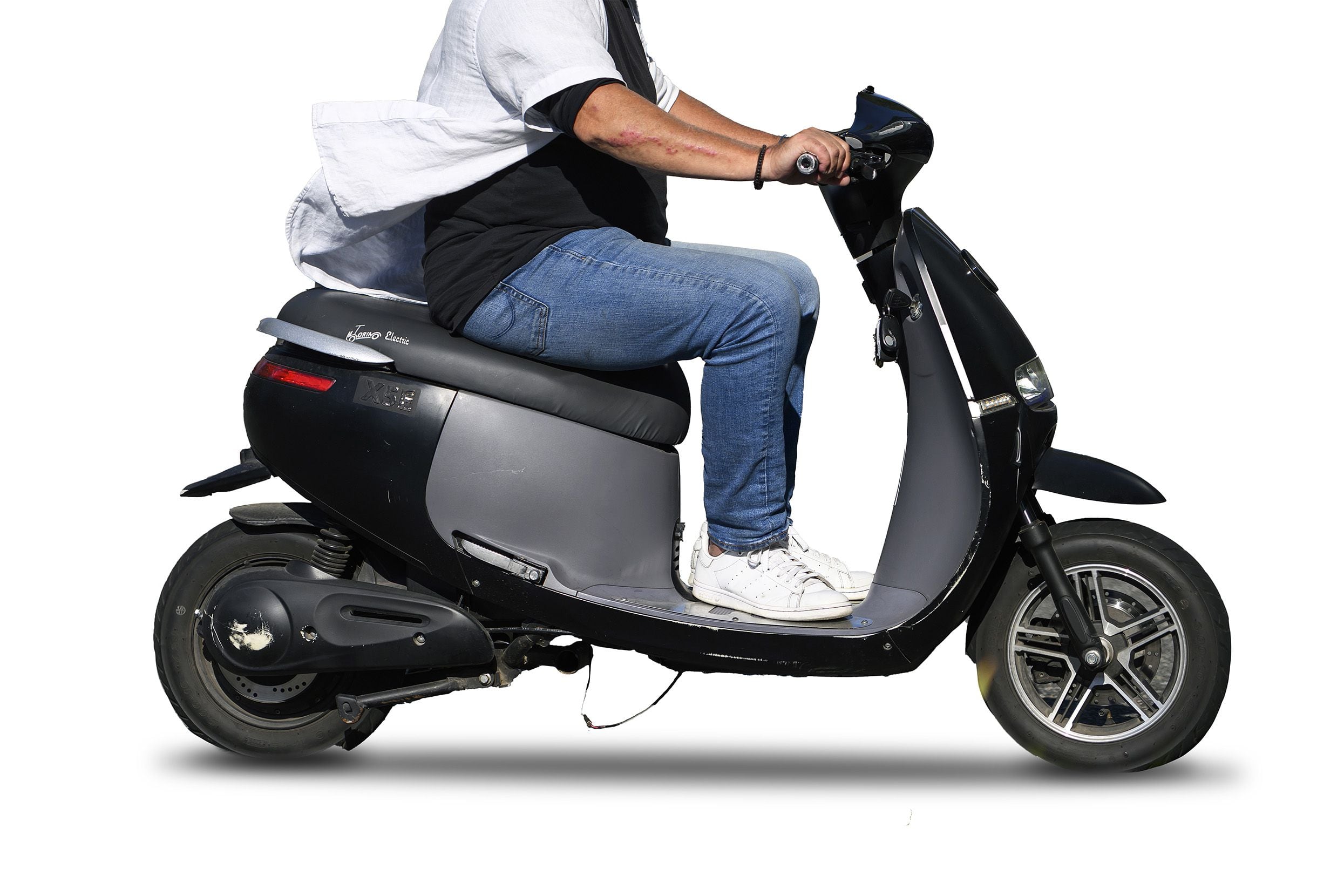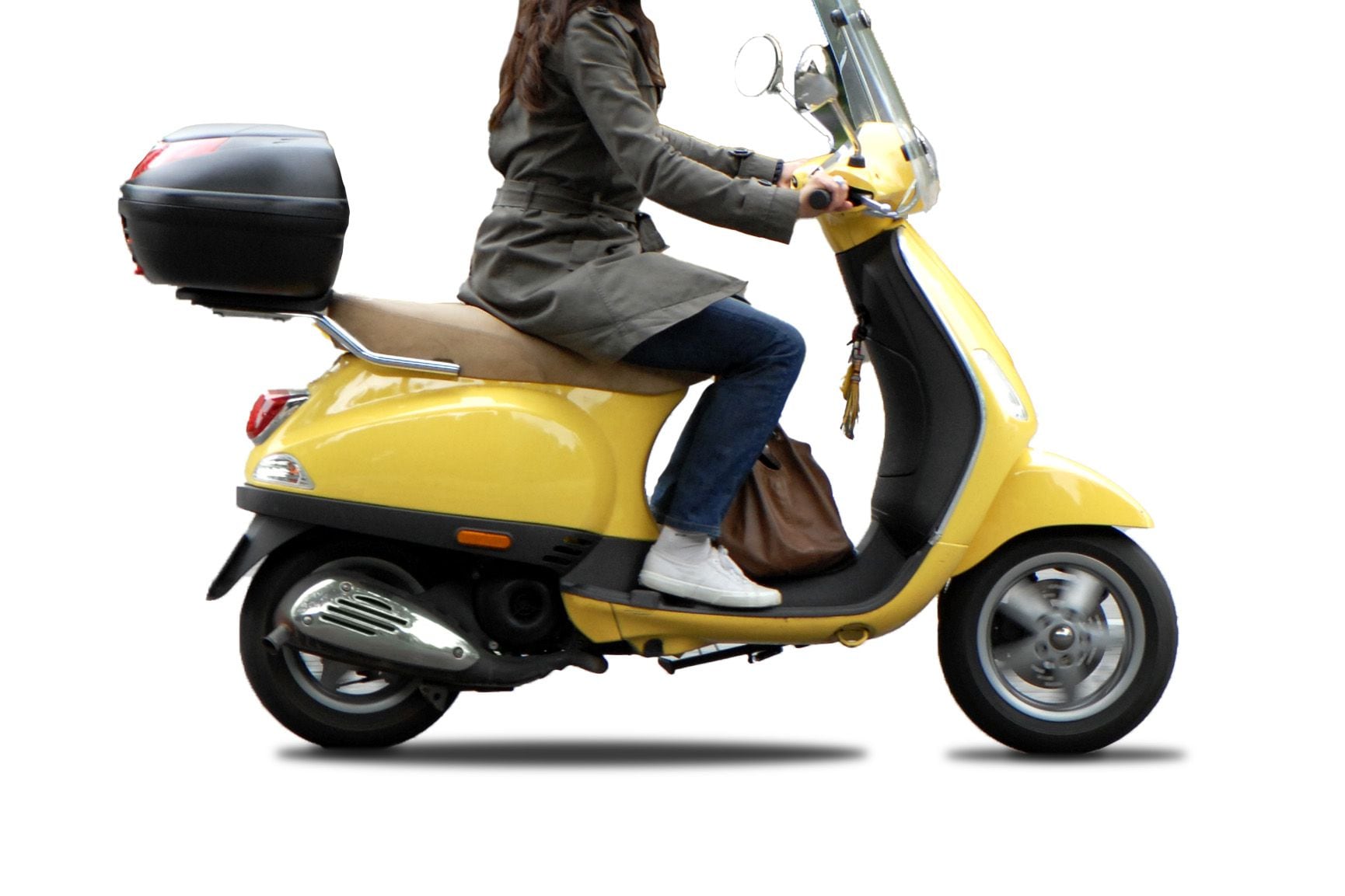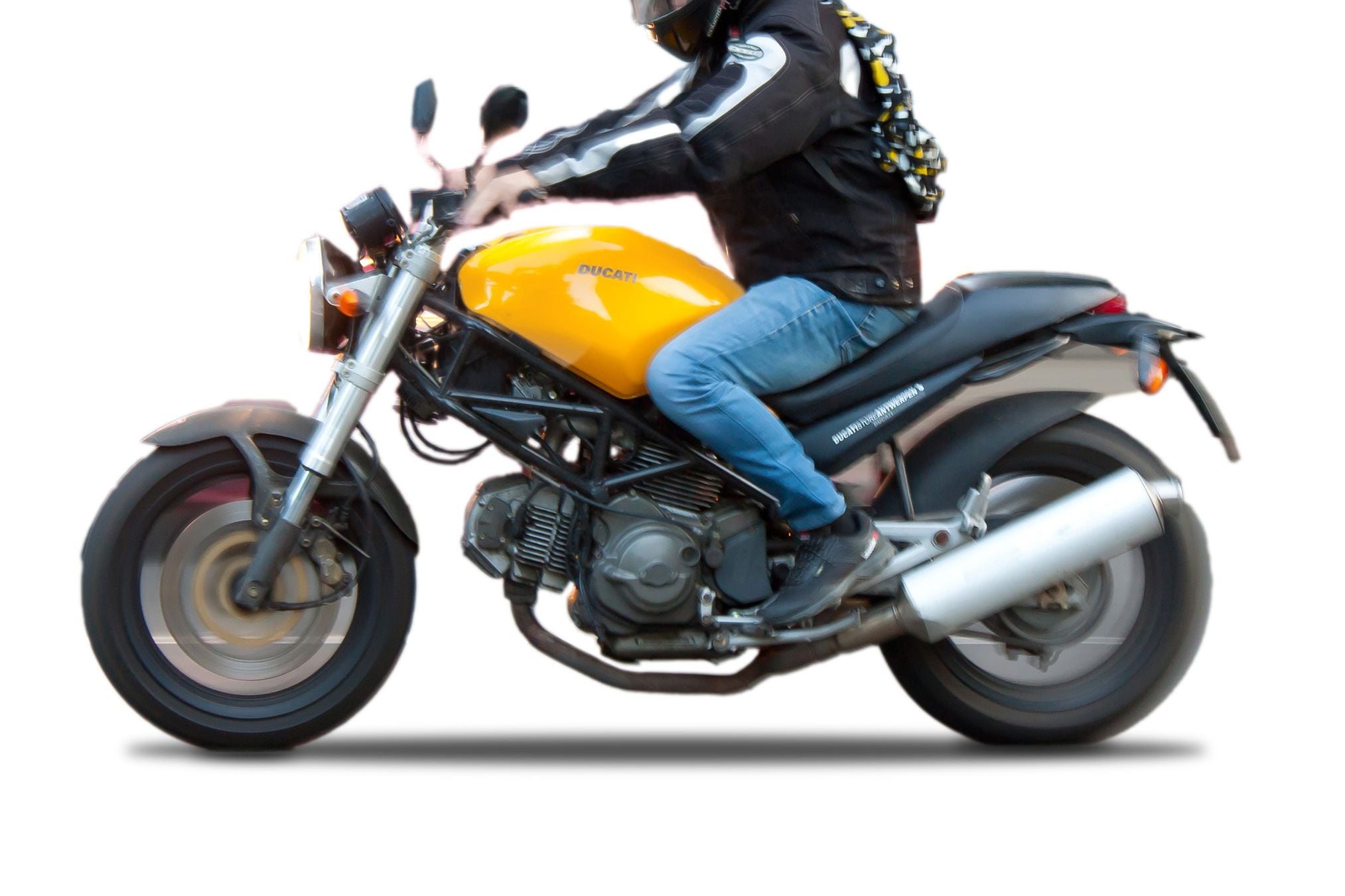There are varying interpretations of what an “e-bike” is. Online stores seem to use the term to apply to products of varying sizes and capabilities – from ones resembling traditional bicycles to motorcycle-looking behemoths. And within the jumble of provincial and municipal laws, most electric micromobility devices operate in a grey zone.
Take our quiz to see if you can differentiate between them all. The answers may seem obvious, but local rules surrounding use and definition are anything but.

No. This is a conventional or traditional bicycle. It has no motor.

Yes. This is an e-bike. It has an electric motor, pedals and braking systems. Provinces and municipalities generally require working pedals on e-bikes, which are legally restricted to the federal maximum speed limit of 32 km/h. The motor power output for these devices is capped at 500 watts.


Yes and no.These are e-mopeds, but they are commonly lumped in with e-bikes as an umbrella term for all electric micromobility devices. They look like mopeds, but they’re electric, not gasoline-powered.
There is an increasing number of moped-style devices imported and sold with auxiliary pedals attached to appease provincial e-bike regulations.
For example, in Ontario, an e-moped could fall under the e-bike category if it follows the province’s requirements, which include working pedals, a maximum speed of 32 km/h and a maximum motor power of 500 watts.
Prince Edward Island and Quebec are two provinces that outline in their legislation that “motorcycle-like” or “moped-like” vehicles are not e-bikes, whether or not pedals are attached.
P.E.I. requires e-bikes to have the “exposed fork and frame” design of traditional bicycles, which eliminates the potential for an e-moped to pass as an e-bike.

No. This is an e-scooter, or an electric kick scooter, but it is commonly lumped in with e-bikes as an umbrella term for all electric micromobility devices. Most legislations refer to these stand-up devices as e-scooters, and not the seated scooters of brands like Vespa.
Many provinces permit them, to a certain extent. Provinces such as Saskatchewan and Nova Scotia allow e-scooters on roads but leave it up to municipalities to set local rules and bylaws. Others, such as British Columbia and Ontario are undergoing pilot projects that allow them on public roads, but only within participating cities and towns.
Mandated maximum speed ranges from province to province, roughly from 24 to 32 km/h.

No.This is a gasoline-powered limited-class motorcycle, such as a moped or motorized scooter. All provinces and territories require a license to operate one on roads. Most cap their maximum speed at 70 km/h and their motor engine size at 50 cc or less.

No.This is a motorcycle. All provinces and territories require a license to operate one on roads.

No.This is an electric unicycle, or a EUC. Most provinces don’t allow them on public roads. However, many provinces also don’t directly address the devices in their traffic laws, leading to confusion from riders and other road users.
For example, Ontario’s Highway Traffic Act does not mention electric unicycles. Since there are no specific rules for EUCs, police say riders may be charged with a number of offences, including driving without a license – even though the devices can’t be licensed or insured.
How well did you do?
Photos from Getty Images. Photo number four from Jennifer Gauthier/The Globe and Mail.